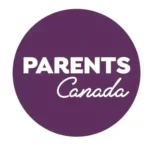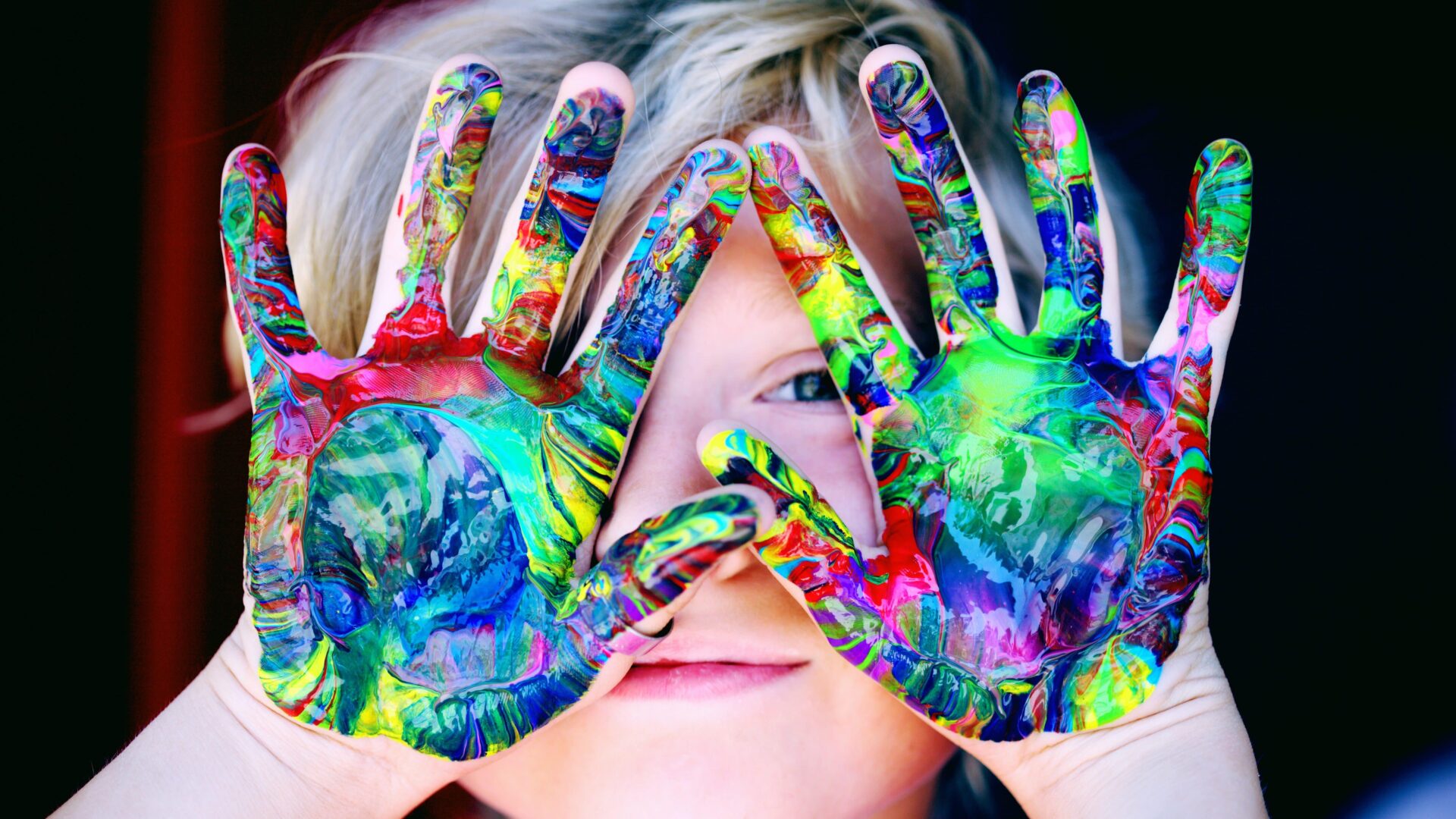Uncategorized
3 min Read
The Reggio Emilia approach to education

August 10, 2016
Uncategorized
3 min Read

August 10, 2016

Now that you’ve chosen your child’s private school, it’s time to decide which learning method is best. If your child displays creative thinking, consider the Reggio Emilia approach.
The Reggio Emilia approach is an educational philosophy focused on preschool and primary education. A teacher named Loris Malaguzzi and parents in the villages around Reggio Emilia in Italy developed it after World War II.
The idea behind this approach is to teach children how to use symbolic languages (i.e., painting, sculpting, drama) in their everyday life. A Reggio Emilia program is based on respect, responsibility, and community through searching and discovery in a supportive and enriching atmosphere.
The Reggio Emilia philosophy is based upon the following set of principles:
Hundred Languages of Expression: One of the advantages of learning through the Reggio Emilia approach is all of the different activities your child can participate in. The goal? To express thinking, theories, ideas and emotions in many ways. This is known as the “hundred languages of children”. These languages can include drawing; painting, clay sculptures, music and dance just to name a few.
Environmental Stimulation: Many teachers agree that children in a Reggio Emilia-focused program consider their environment to be a third teacher. By using natural materials children are encouraged to explore them and by hanging their artwork at eye level, children are stimulated and inspired by the work of their peers.
Community Involvement: By being equal partners with parents, teachers and their community, many educators agree that through the Reggio Emilia learning process children harness the power to focus and grow their creativity into future passion projects.
Much of what occurs in the class reflects a shared approach to early education. Think of it as triangle learning: On one side, teachers must trust themselves to respond appropriately to children’s ideas and interests. On the other side, teachers need to trust children to be interested in things worth knowing about. On the last side, they need to trust parents to be informed and helpful members of a cooperative educational team. The result? An environment/community brought together by collaboration that is developmentally suitable for adults and children alike.
It’s important to remember that not every child will want to explore such creative outlets of learning, but programs like the Reggio Emilia approach can be just what your imaginative child is looking for in a classroom setting.
Find schools in Canada that offer the Reggio Emilia approach with ParentsCanada’s Private School Guide.